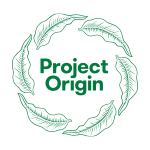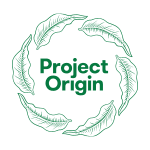価値観/品質
The Project Origin stamp of value comes from a relationship between cup profile, purpose, price and score. We take the combination of these four elements to establish a holistic understanding of quality in the coffee industry that works in tandem with our direct trade model.
Our Feature Label range is categorised using cup scores to help roasters find great profiles at qualities they expect.
Our Signature Label focuses on cup profile, where we often categorise profiles into our Gemstone range: Indigo, Jasper, Amber, Diamond and Opal. Learn more about our Signature Range here.
Our Labels

ブラックラベル
ブラックレーベルのコーヒーは83-85ポイントを獲得したコーヒーです。これらはブレンドに人気のある信頼できるコーヒーですが、シングルオリジンとしても使用できます。
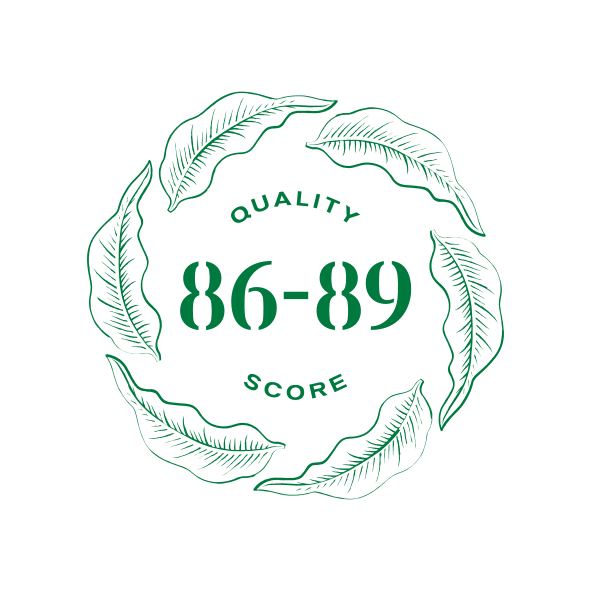
グリーンラベル
グリーンラベルコーヒーは86-89ポイントを獲得したコーヒーです。この範囲は多様あらゆる目的に役立ちます。 Project Originのコーヒーのほとんどは、このカテゴリーに分類されます。
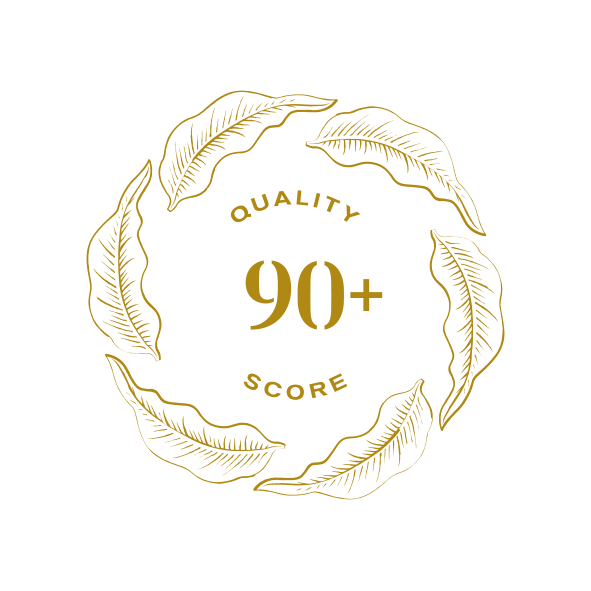
ゴールドラベル
ゴールドラベルコーヒーは90ポイント以上を獲得したコーヒーです。これらのコーヒーは私たちのプレミアムレンジで、希少価値が高く超高品質です。
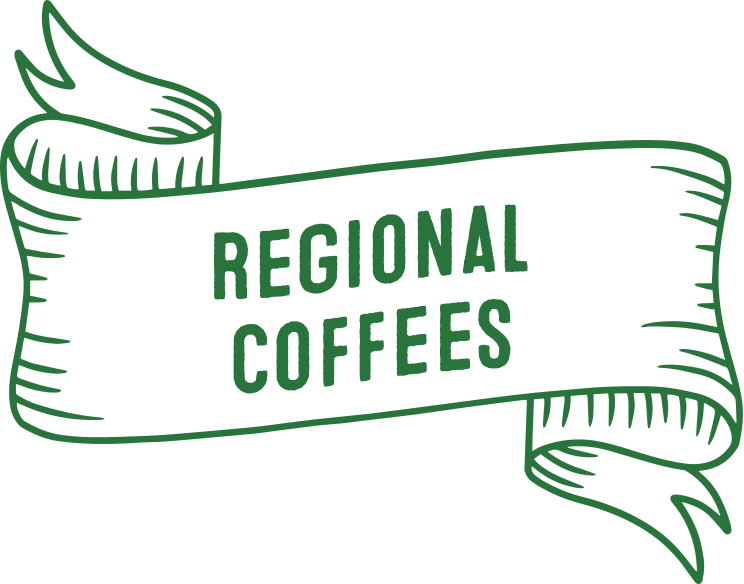
Regional Coffees
リージョナルコーヒーは、コーヒーの産地を代表するグリーンコーヒーのコレクションであり、ブレンドで人気のある季節ごとの信頼できる製品を提供します。このラベルは、マイクロロットの提供にはならない小規模農家から収穫されたコーヒー豆を利用しています。
スーパーナチュラルコーヒー
スーパーナチュラルコーヒーには、さまざまな実験的手法が用いられています。それらはフレーバーの鮮やかさと洗練さについてではなく、表現力豊かでエキサイティングでありながら親しみやすいプロファイルのコレクションです。

CM Selections
CMセレクションズラベルコーヒーは、すべてカーボニックマセレーションプロセスを使用して処理されたコーヒーです。それらは、ダイヤモンド、インディゴ、ジャスパー、アンバー、オパールの5つの宝石プロファイルに分類されます。
Our Quality Control Protocol
Our QC team measures every coffee that arrives in our warehouse. We record data to understand the coffee’s potential shelf life, and other helpful information for roasters. Each coffee shipped to us will be checked for its density, water activity, moisture content, and green grading. You can find more information about these measurements, our process and protocols in our QC Protocol below. This information is stored as additional notes to accompany the cupping results and farm details.
Our Quality Assessment
We take our coffees and our partner relationships very seriously. This is why we do what we can to celebrate what we have and to highlight the positives in every lot. We cup our coffees using an adapted version of the Cup of Excellence scoresheet so that we can reward the coffees for favourable qualities such as sweetness and clarity. We will never (ever) send beans back to origin, and we will always value the cup profiles of a lot over the appearance of the beans. We believe coffee exists to be enjoyed and drunk, so we stamp our quality based on this belief coupled with our value of maintaining and building relationships across the world.
Quality Control FAQs
What scoring system does Project Origin use?
We use an adapted version of the Cup of Excellence scoresheet, categorising coffees into Black (83-85 points), Green (86-89 points), and Gold (90+ points) labels. CM selections use gemstone labels.
How do we determine the cupping score?
Using a COE-adapted scoresheet, we prioritise cup profile over green grading or other quality measurements. This allows us to reward varying degrees of sweetness and clarity.
Do you use SCA standards for green bean assessment?
Yes, we follow SCA guidelines for moisture, water activity, density, and green grading.
What are Project Origin's quality control processes?
We use SCA guidelines for QC, measuring moisture, water activity, density, and defects. Our protocols ensure quality is maintained from purchase to arrival.
Can we publicly see what you do for QC measurements?
Yes, our QC processes are detailed on our website under the quality page.
Is your definition of quality the same as everyone else's?
Quality is subjective. For Project Origin, it combines cup profile, purpose, price, and producer relationship, which might differ from others' definitions.
If 'specialty' means 80 points and above, why don't you sell coffees under 83 points?
We focus on distinct flavours and sustainability, often more present in coffees scoring 83+ points. Lower scores often tie to commodity pricing, less sustainable for producers.
If you value relationships and cup profiles, why use cup scores?
Cup scores are a common language in the industry, helping us communicate quality with roasters while maintaining strong producer relationships.
Why put aside SCA standards and use your own version of specialty coffee?
While SCA standards guide us, practical issues like shipping and arrival condition may alter our approach. We focus on cup profile and quality, even if SCA standards aren't met upon arrival.
Why measure water activity, density, and moisture content?
These measurements help assess shelf life and any changes from sample to arrival. If outside expected ranges, we might fast-track usage or adjust purchase decisions.
How do you assess CM Selections coffee in green grading and cupping?
We prioritize expressive cup profiles in CM Selections. Green grading is still evolving for these coffees, balancing visual assessment with flavour.
What happens if a coffee tastes good but looks bad?
We value flavour over appearance. Even if beans look bad, high cupping scores (e.g., 90 points) mean the coffee still has value.
What if a coffee is full of defects?
It depends on the defect type. If affecting flavour, it might be sold at a discount. If not affecting flavour, it could still be offered at a lower price.
Do you always follow QC protocols or are there exceptions?
We always follow QC protocols, with minor exceptions for unique processing methods. Cup profile and score remain the primary focus.
Do you ever send coffee back to origin if it fails QC?
No, we never send coffee back to origin.
How much does a QC result influence our decision to buy or sell a coffee?
QC is crucial but not the sole factor. We consider cup profile, purpose, price, and producer relationship in our buying and selling decisions.
品質
Quality, for us, is more than just a cupping score. We take the relationship of score, cup profile, price and purpose to stamp our Project Origin mark of value on a coffee.
私たちのコアバリュー
持続可能性
私たちは経済的持続可能性を真剣に受け止めています。農家や生産者と直接協力することで、彼らが繁栄し、高品質のスペシャルティコーヒー豆を生産するのに役立つ持続可能なビジネスモデルの構築を支援できます。
コミュニティ
私たちはコーヒーの生産に向けたコミュニティの取り組みを高く評価しているため、コーヒーの品質と生産に携わる人々の生活の両方を向上させることができるプロジェクトに投資しています。
Stay up to date!
ProjectOriginプロジェクトとスペシャルティグレードのグリーンコーヒーの最新情報を入手してください。
